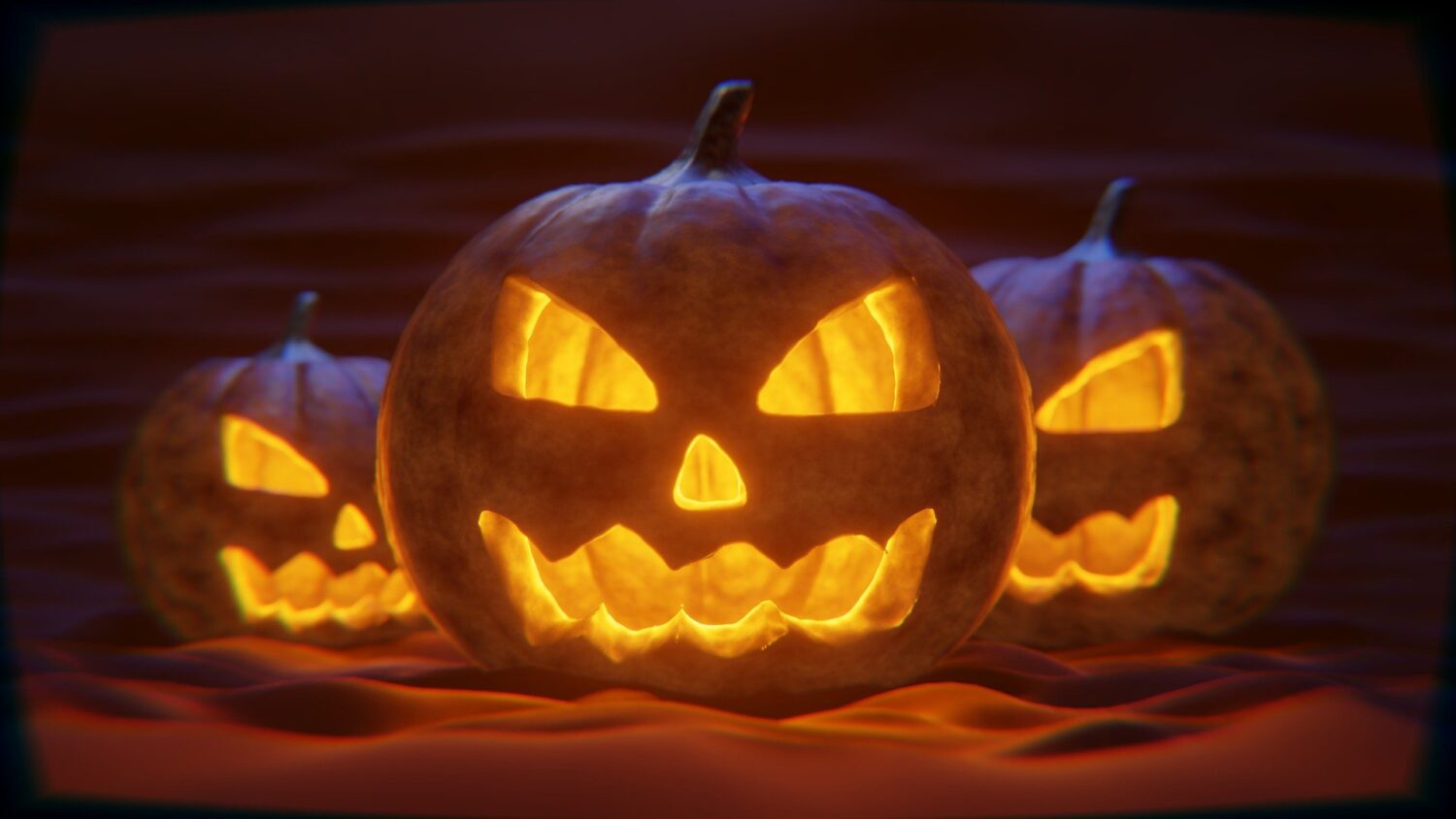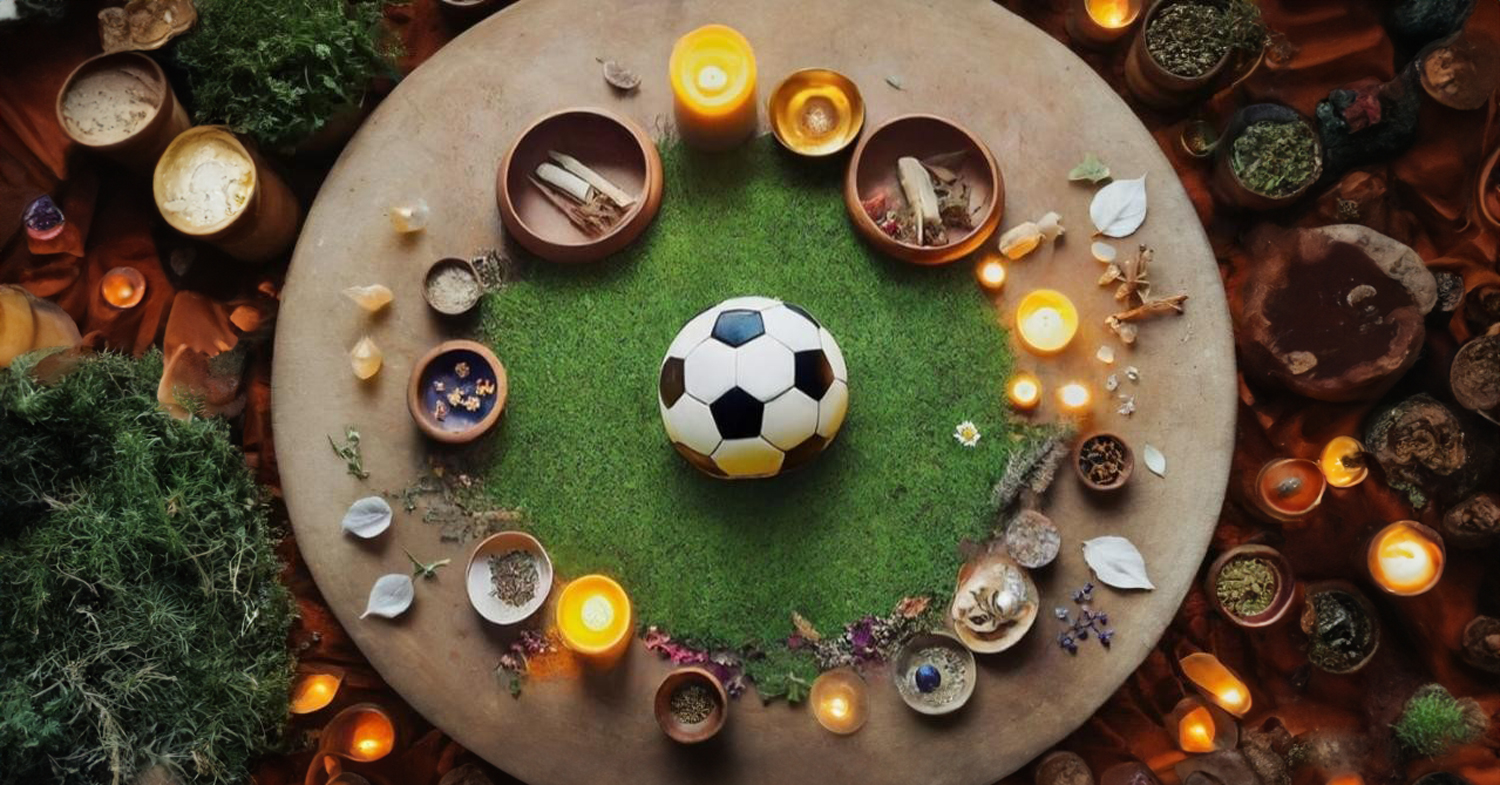The Future of Creativity: How AI is Shaping the Arts Industry
09th Apr 2025
BlytheRay explores the use of AI in artistic industries, and how it is shaping the future of these sectors.
With the increasing rise of artificial intelligence, its involvement in the arts industry is sparking a major debate: can machines ever be truly creative? From AI-generated paintings and music to film scripts and even poetry, technology is increasingly shaping the creative industries. However, whilst AI offers exciting new possibilities, it also raises concerns about originality, authorship, and the future of artistic expression.
AI’s access to vast amounts of information means it can offer unique techniques and styles, and explore creative directions that human artists might not consider. For example, certain tools like Google’s ‘DeepDream’ provide inspiration by transforming images into specific aesthetics, whilst music generators like OpenAI’s ‘Jukebox’ create compositions in the style of certain genres, using a variety of instruments. According to a study conducted by university professor Abhijit Ghosh, 48% of film professionals are also using artificial intelligence for help in scriptwriting, casting, and editing, showing that the perception of AI may be “shifting toward positive”.
These tools allow creatives to push the boundaries and experiment in ways that were previously unimaginable, lowering the barriers to entry for aspiring artists who may lack technical skills. Music production software allows users to generate entire compositions without formal training, whilst other platforms simplify video editing and animation. Increasing the accessibility of art in this way encourages more people to participate in creative industries, helping the sector to grow and diversify.
Furthermore, AI can automate the time-consuming aspects of creative work, allowing artists to focus on higher-level ideas. Filmmakers, for example, can use AI-driven editing software to sort footage or apply visual effects, speeding up production processes. Artists can automate tasks like image resizing, colour correction, or rendering, freeing up time for other tasks.
Despite these positives, integrating AI into creative industries also poses a key question – can AI ever be truly creative? Whilst it is able to generate impressive works of art, it does so by analysing vast datasets and mimicking existing patterns, designs, or genres. True creativity is arguably driven by emotion, lived experiences, and cultural context, something AI cannot genuinely replicate. Art is deeply personal and reflective of human experiences, and whilst AI is technically proficient, it lacks the emotional depth, cultural significance, and unique perspectives that human artists bring, and arguably cannot truly evoke the same depth of meaning as human-created art.
The use of AI also poses copyright and ownership issues – who owns AI-generated art? If an AI programme creates a song, painting, or film, does the credit go to the AI developer, the person who provided the prompts, or the software itself? Furthermore, if AI images and music are accused of copying existing works too closely, this too raises ethical concerns about plagiarism. Copyright laws are still catching up, creating legal uncertainty around AI-generated works.
AI automation also threatens traditional creative jobs. Industries such as advertising, film, and publishing are increasingly using AI-generated content, potentially reducing demand for human designers, writers, and composers. Whilst AI can enhance creativity, it also raises concerns about whether artists will be replaced by technology.
AI is undoubtedly transforming the creative landscape, offering both exciting possibilities and serious challenges. Whilst it can enhance artistic expression, streamline production, and inspire new ideas, it cannot fully replace human creativity and emotion. It also sparks debates about authorship and the nature of art itself. Rather than replacing human artists, AI would arguably be best placed to serve as a collaborative tool. The future of creativity lies in a hybrid approach where AI assists artists in new and innovative ways, and where musicians, filmmakers, and designers can integrate AI into their workflow while maintaining artistic control and emotional expression.

 X.com
X.com LinkedIn
LinkedIn

